The concept of flight appears to have fascinated humanity for thousands of years. Many ancient civilizations’ mythologies feature narratives of flying creatures or even human figures donning wings. A popular example is the Greek myth of Icarus and his father Daedalus, who reportedly constructed wings using feathers and wax to escape from the island of Crete. Although this tale is more of a legend with no actual historical occurrence, there have been numerous documented real-life attempts at flight over the centuries. The earliest flight attempts involved bird-like wings constructed from a variety of materials, hardened cloaks, and other contraptions intended to achieve flight by leaping off towers, hills, or cliffs. However, because the principles of lift, stability, and control were not well understood at the time, many of these attempts resulted in severe injuries or even death. Despite the substantial risk and high accident rate, the potent urge to fly has spurned the design and development of increasingly sophisticated airborne mechanisms. To showcase some outstanding examples, we’ve curated a list of the 25 Greatest Flying Machines Ever Created. This list spans from the ancient bamboo-copters and ornithopters to modern jet airliners and spacecraft.

Bamboo-copter
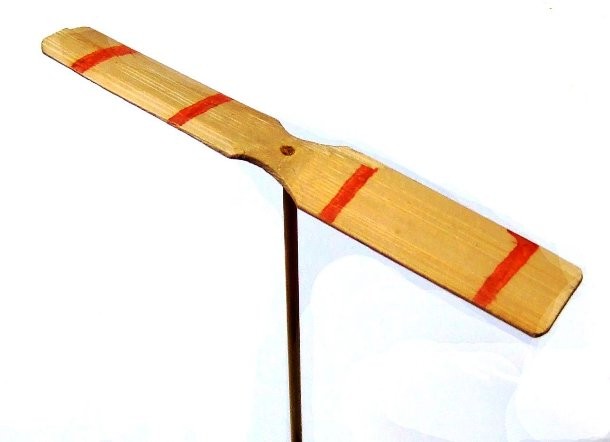 Source and image: en.wikipedia.org
Source and image: en.wikipedia.org One of the world´s oldest flying machines, the bamboo-copter (also known as bamboo dragonfly or Chinese top) is a toy helicopter rotor that flies up when its shaft is rapidly spun. Invented in China around 400 BCE, the bamboo-copter consisted of feathers at the end of a bamboo stick, which was rapidly spun between the hands and released into flight.
Sky lantern
 Source: en.wikipedia.org, image: commons.wikimedia.org
Source: en.wikipedia.org, image: commons.wikimedia.org The sky lantern is a small hot air balloon made of paper and a wooden frame with an opening at the bottom where a small fire is suspended. It is estimated the Chinese experimented with sky lanterns from as early as the 3rd century BCE, but traditionally, their invention is attributed to the sage and military strategist Zhuge Liang (181–234 AD).
Hot air balloon
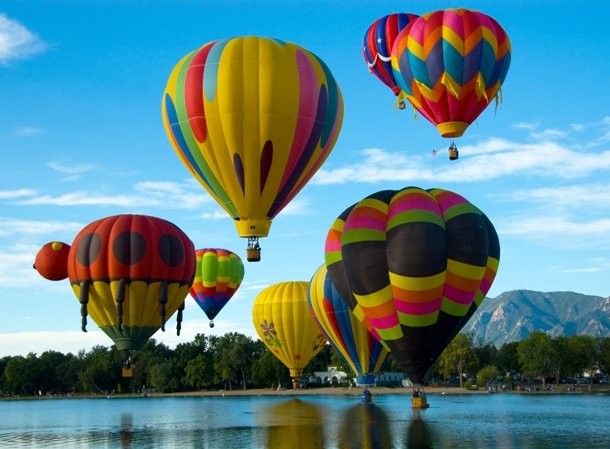 Source and image: en.wikipedia.org
Source and image: en.wikipedia.org The hot air balloon is the first successful human-carrying flight technology. The first untethered manned hot air balloon flight was performed by Jean-François Pilâtre de Rozier and François Laurent d’Arlandes in 1783 in Paris in a balloon created by the Montgolfier brothers. Modern hot air balloons can travel thousands of miles. In fact, the longest recorded hot air balloon flight was 7,672 km (4,767 mi) from Japan to Northern Canada.
Solar balloon
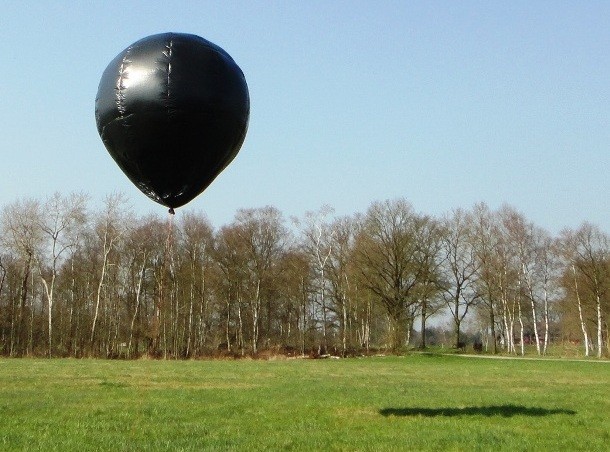 Source and image: en.wikipedia.org
Source and image: en.wikipedia.org Technically a type of the hot air balloon, the solar balloon gains buoyancy when the air inside is heated by solar radiation, usually with the help of black or dark balloon material. The heated air inside the solar balloon expands and has lower density than the surrounding air. Usage of solar balloons is mostly in the toy market, but some solar balloons are large enough for human flights.
Ornithopter
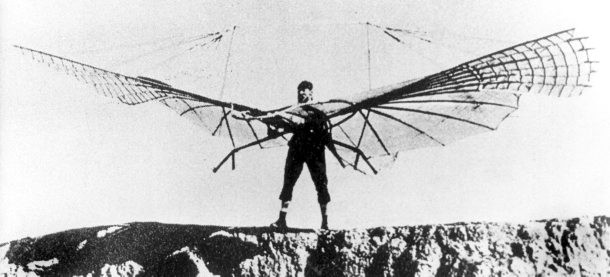 Source and image: en.wikipedia.org
Source and image: en.wikipedia.org Inspired by the flight of birds, bats, and insects, the ornithopter is an aircraft that flies by flapping its wings. Most ornithopters are unmanned, but manned ornithopters have also been built. One of the earliest ornithopter concepts were designed by Leonardo da Vinci as early as in the 15th century. In 1894, Otto Lilienthal, German aviation pioneer, performed what is considered the first manned ornithopter flight.
Parachute
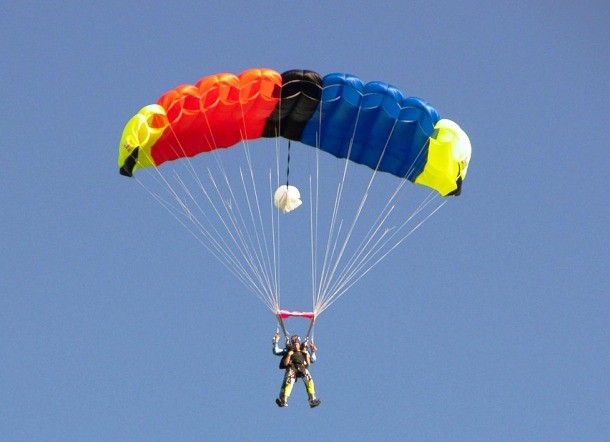 Source: en.wikipedia.org, image: pixabay.com
Source: en.wikipedia.org, image: pixabay.com Made from light strong cloth such as nylon, the parachute is a device used to slow the motion of an object through an atmosphere by creating drag (or in the case of ram-air parachutes, aerodynamic lift). The oldest parachute design appears in an anonymous manuscript from 1470’s Renaissance Italy. These days, parachutes are used with a variety of loads, including people, food, equipment, space capsules, and even bombs.
Kite
 Source: en.wikipedia.org, image: pixabay.com
Source: en.wikipedia.org, image: pixabay.com Originally constructed by stretching silk over a split bamboo framework, the kite was invented in China in the 5th century BCE. Over the course of time, many other cultures adopted the device, and some of them even further developed this simple flying machine. For example, man-carrying kites are believed to have existed in ancient China and Japan.
Airship
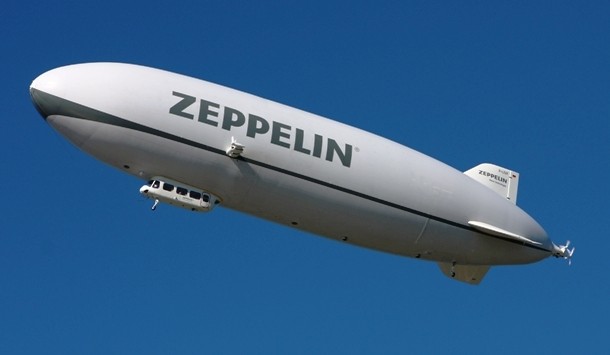 Source and image: en.wikipedia.org
Source and image: en.wikipedia.org The first aircraft capable of controlled powered flip, the airship is a type of a lighter-than-air aircraft that can navigate through the air under its own power. In early airships, the lifting gas used was hydrogen, but in most airships built since the 1960’s, helium has been used as the lifting gas. The airship might also have engines and crew and/or payload accommodation, typically housed in one or more “gondolas” suspended below the gas bag.
Glider
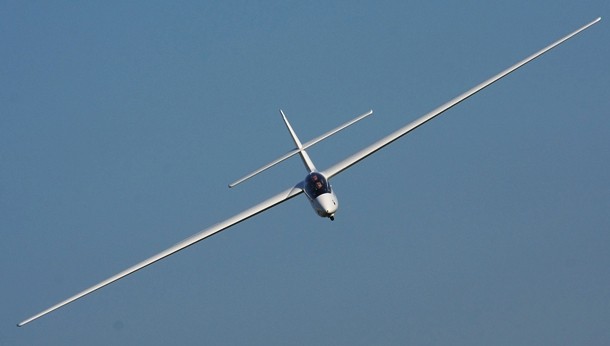 Source: en.wikipedia.org, image: commons.wikimedia.org
Source: en.wikipedia.org, image: commons.wikimedia.org The glider is a heavier-than-air aircraft that is supported in flight by the dynamic reaction of the air against its lifting surfaces, i.e. it does not depend on an engine. Therefore, most gliders do not have an engine, although some gliders might have engines to extend their flight when necessary and also to take off. Most gliders exploit meteorological phenomena such as ridge lift to maintain or even gain height.
Biplane
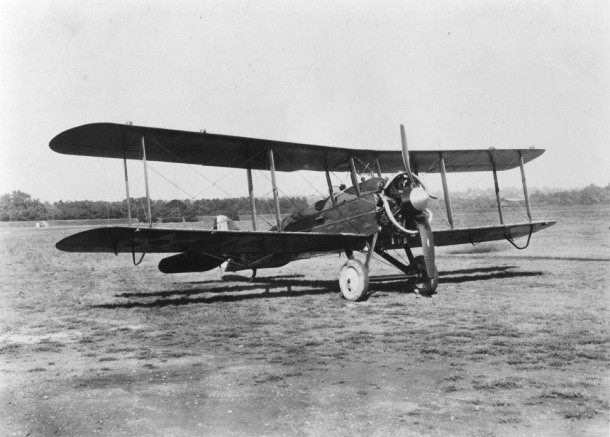 Source and image: en.wikipedia.org
Source and image: en.wikipedia.org The biplane is a fixed-wing aircraft with two main wings stacked one above the other. Biplanes offer several advantages over conventional cantilever monoplane designs: they permit lighter wing structures, low wing loading, and a smaller span for a given wing area. The Wright Flyer biplane of 1903 became the first successful powered airplane.
Helicopter
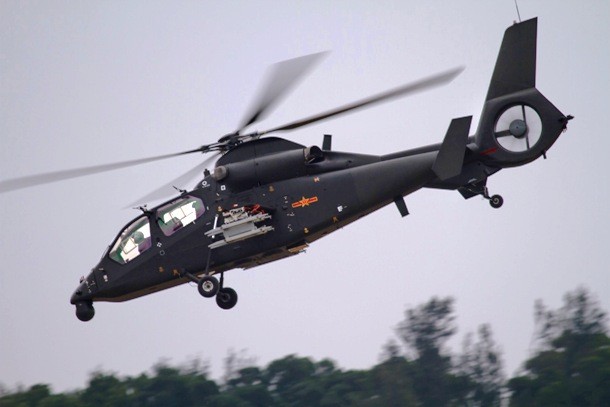 Source and image: en.wikipedia.org
Source and image: en.wikipedia.org A type of rotorcraft in which lift and thrust are supplied by rotors, the helicopter is an aircraft that can take off and land vertically, hover, and fly forward, backward, and laterally. There have been many concepts similar to modern helicopters recorded throughout the past centuries, but it wasn’t until 1936 when the first operational helicopter Focke-Wulf Fw 61 was produced.
Aerocycle
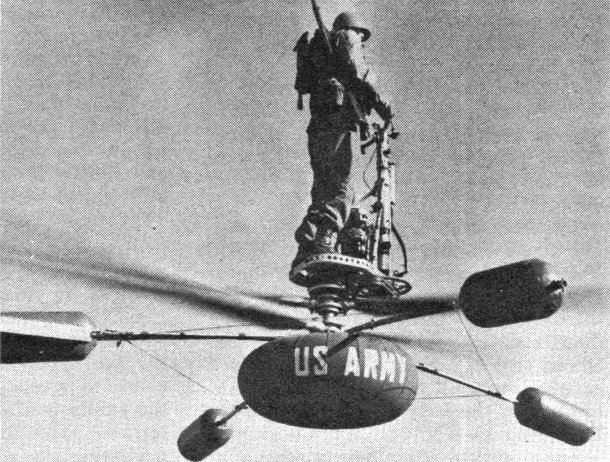 Source: en.wikipedia.org, image: flickr.com
Source: en.wikipedia.org, image: flickr.com In the 1950’s, Lackner Helicopters came up with an unusual aircraft. The HZ-1 Aerocycle was intended to be operated by inexperienced pilots as a standard reconnaissance machine with the US Army. Although early testing showed that the craft had promise for providing mobility on the atomic battlefield, more extensive evaluation proved that the aircraft was too difficult to control for operation by untrained infantrymen, and after a pair of crashes, the project was abandoned.
Kytoon
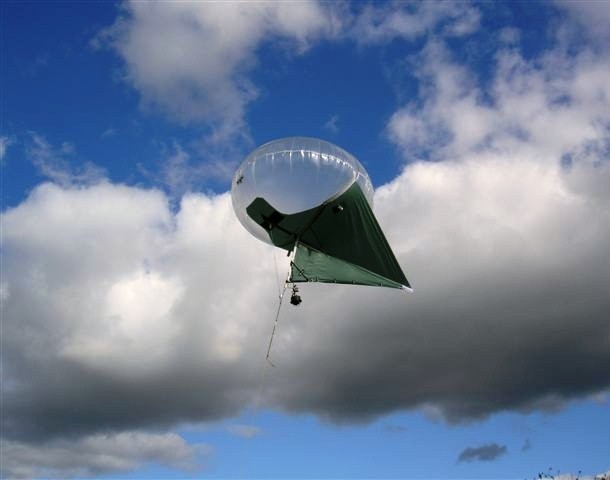 Source and image: en.wikipedia.org
Source and image: en.wikipedia.org The kytoon is a kite-balloon hybrid flying machine which obtains some of its lift dynamically as a heavier-than-air kite and the rest aero-statically as a lighter-than-air balloon. The primary advantage of a kytoon is that it remains in a reasonably stable position above the tether point, irrespective of the strength of wind, whereas ordinary balloons and kites are less stable. The kytoon has been used for many purposes both civil and military.
Hang glider
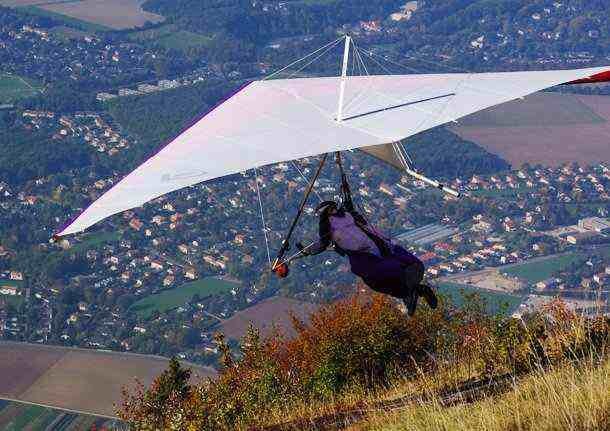 Source and image: en.wikipedia.org
Source and image: en.wikipedia.org The hang glider is a non-motorized foot-launched heavier-than-air aircraft. Modern hang gliders are made of an aluminum alloy or composite frame covered with synthetic sailcloth to form a wing. They have a high lift-to-drag ratio which enables pilots to soar for hours, gain thousands of meters of altitude in thermal updrafts, perform aerobatics, and glide cross-country for hundreds of kilometers.
Hybrid airship
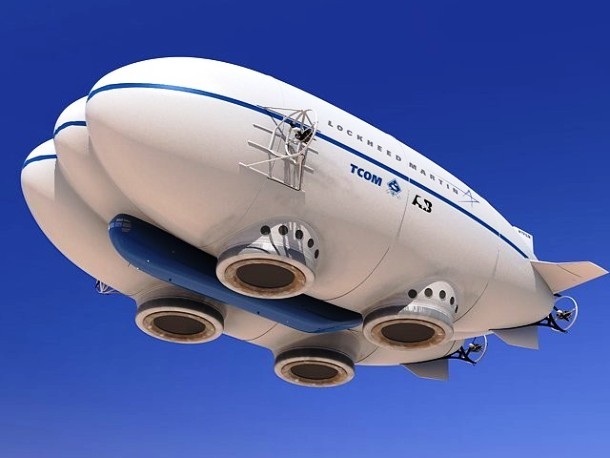 Source: en.wikipedia.org, image: turbosquid.com (non CC image)
Source: en.wikipedia.org, image: turbosquid.com (non CC image) The hybrid airship is an aircraft that combines characteristics of lighter-than-air airship technology with heavier-than-air technology, either fixed-wing or rotary-wing. No production designs have been built, but several manned and unmanned prototypes have flown including the Lockheed Martin P-791, an experimental aerostatic/aerodynamic hybrid airship, developed by Lockheed Martin.
Jet airliner
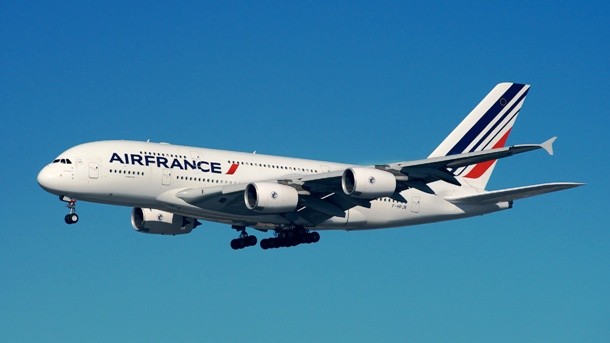 Source and image: en.wikipedia.org
Source and image: en.wikipedia.org Also known as a jetliner, the jet airliner is a type of aircraft designed for the transportation of passengers and air cargo that is powered by jet engines. The engines enables the aircraft to reach high speeds and generate sufficient thrust to power a large capacity aircraft. Currently, the Airbus A380 is the world´s largest passenger jet airliner with a capacity of up 853 people.
Rocket plane
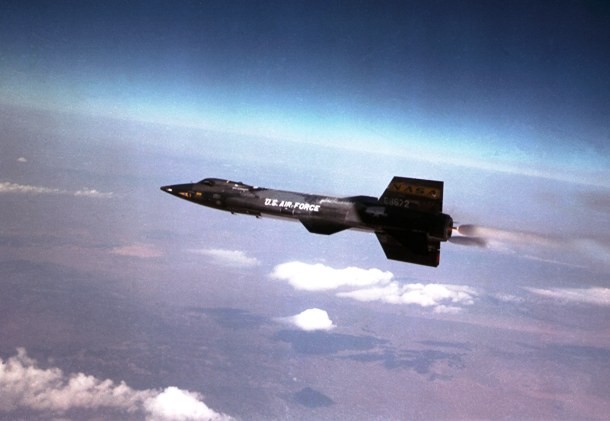 Source and image: en.wikipedia.org
Source and image: en.wikipedia.org The rocket plane is an aircraft that uses a rocket engine for propulsion. Rocket planes can achieve much higher speeds than similarly sized jet aircraft but typically for at most a few minutes of powered operation, followed by a glide. Suitable for very high altitude flight, they are also capable of delivering much higher acceleration and shorter takeoffs.
Floatplane
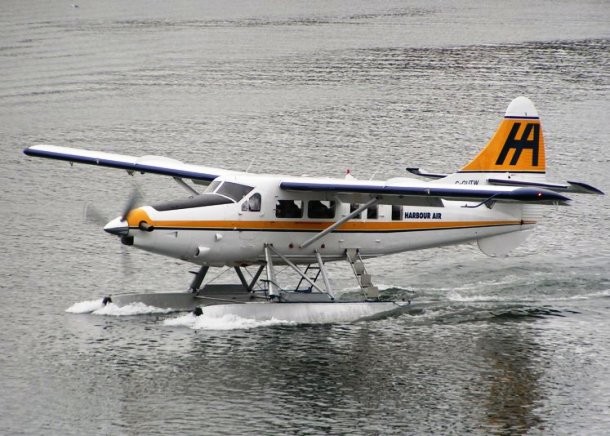 Source and image: en.wikipedia.org
Source and image: en.wikipedia.org A type of seaplane, a powered fixed-wing aircraft capable of taking off and landing on water, the floatplane is an aircraft with one or more slender pontoons (known as “floats”) mounted under the fuselage to provide buoyancy. Floatplanes were commonly used until WWII, but then they were replaced with helicopters, advanced aircraft carriers, and land-based aircraft.
Flying boat
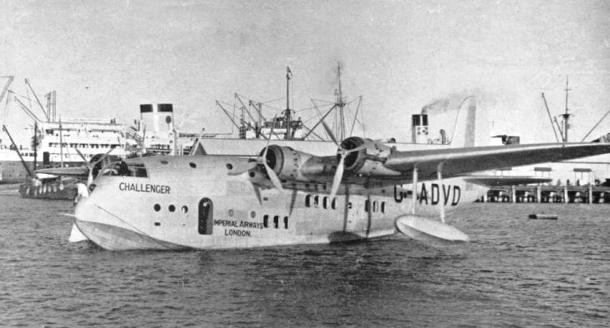 Source and image: en.wikipedia.org
Source and image: en.wikipedia.org Another type of seaplane, the flying boat is a fixed-winged aircraft with a hull, allowing it to land on water. It differs from a floatplane as it uses a purpose-designed fuselage which can float, granting the aircraft buoyancy. Flying boats were some of the largest aircraft of the first half of the 20th century. Similarly to floatplanes, their use gradually trailed off after WWII.
Cargo aircraft
 Source: en.wikipedia.org, image: commons.wikimedia.org
Source: en.wikipedia.org, image: commons.wikimedia.org Also known by other names such freight aircraft, freighter, airlifter or cargo jet, the cargo aircraft is a fixed-wing aircraft that is designed or converted for the carriage of cargo rather than passengers. With just one and only piece built in 1988, the Antonov An-225 Mriya is the longest and heaviest cargo aircraft that has ever been built.
Bomber
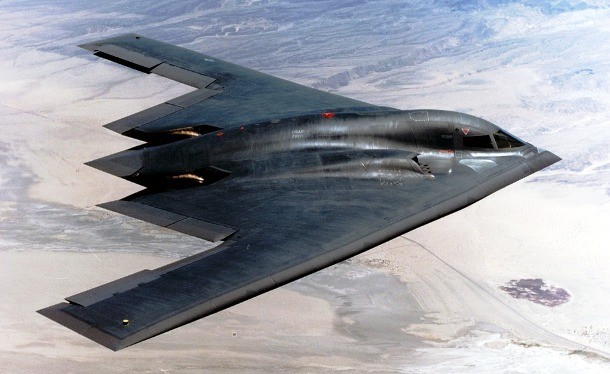 Source: en.wikipedia.org, image: pixabay.com
Source: en.wikipedia.org, image: pixabay.com The bomber is a combat aircraft designed to attack ground and sea targets by dropping air-to-ground weaponry, firing torpedoes or deploying air-launched cruise missiles. There are two types of bombers. Strategic bombers are primarily designed for long-range bombing missions against strategic targets such as supply bases, bridges, factories, shipyards etc. Tactical bombers are aimed at countering enemy military activity and supporting offensive operations.
Spaceplane
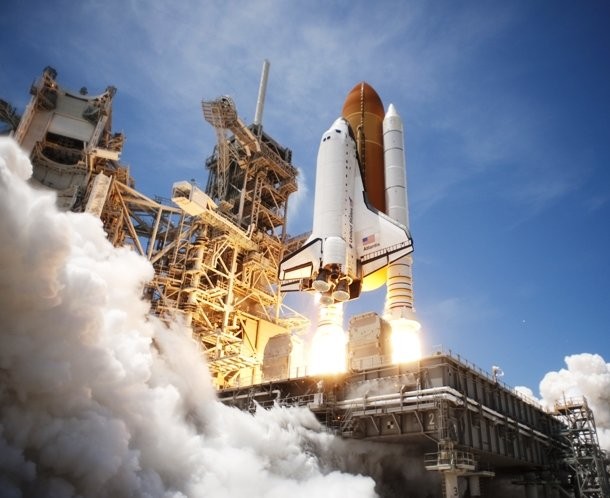 Source and image: en.wikipedia.org
Source and image: en.wikipedia.org The spaceplane is an aerospace vehicle that operates in Earth’s atmosphere. The propulsion to reach space may be purely rocket based or may use the assistance of airbreathing jet engines. Five spaceplanes have successfully flown to date, having reentered Earth’s atmosphere, returned to Earth, and safely landed — the North American X-15, Space Shuttle, Buran, SpaceShipOne and Boeing X-37.
Spacecraft
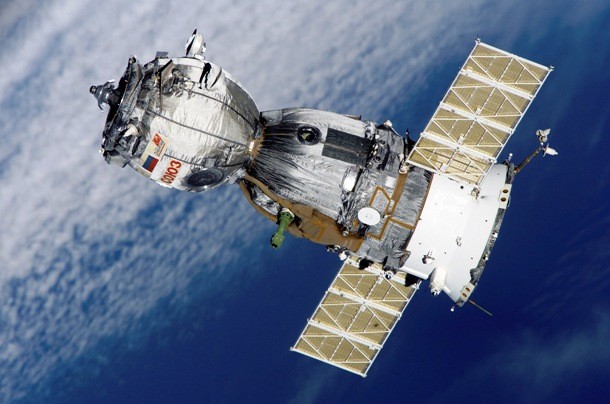 Source and image: en.wikipedia.org
Source and image: en.wikipedia.org The spacecraft is a vehicle or machine designed to fly in outer space. Spacecraft are used for a variety of purposes including communications, earth observation, meteorology, navigation, space colonization, planetary exploration, and transportation of humans and cargo. Robotic spacecraft that remain in orbit around a planetary body are artificial satellites.
Space capsule
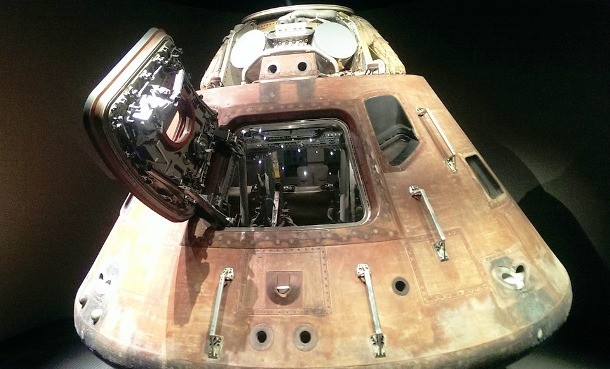 Source: en.wikipedia.org, image: pixabay.com
Source: en.wikipedia.org, image: pixabay.com The space capsule is a special type of spacecraft that has been used in most of the manned space programs. A manned space capsule must have everything necessary for everyday life, including air, water, and food. The space capsule also protects astronauts from the cold and radiation of space, and it provides communication with people on Earth.
Drone
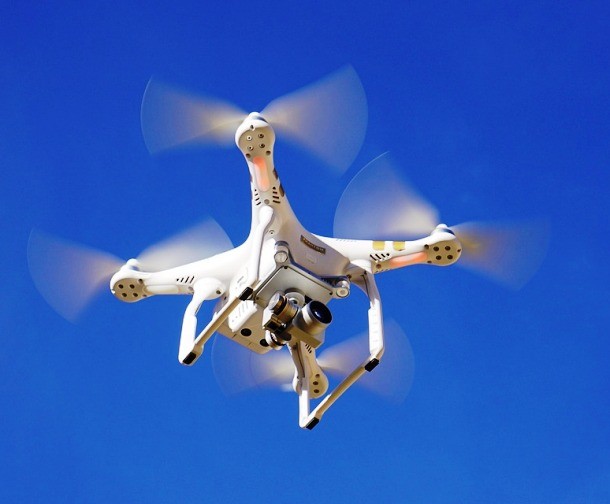 Source: en.wikipedia.org, image: pixabay.com
Source: en.wikipedia.org, image: pixabay.com Officially known as the unmanned aerial vehicle (UAV), the drone is an aircraft without a human pilot aboard. Compared to manned aircraft, drones are often preferred for missions that are too “dull, dirty, or dangerous” for humans. They originated mostly in military applications, although their use is expanding in commercial, scientific, recreational, and other applications. Civilian drones now vastly outnumber military drones, with estimates of over a million sold by 2015.



























